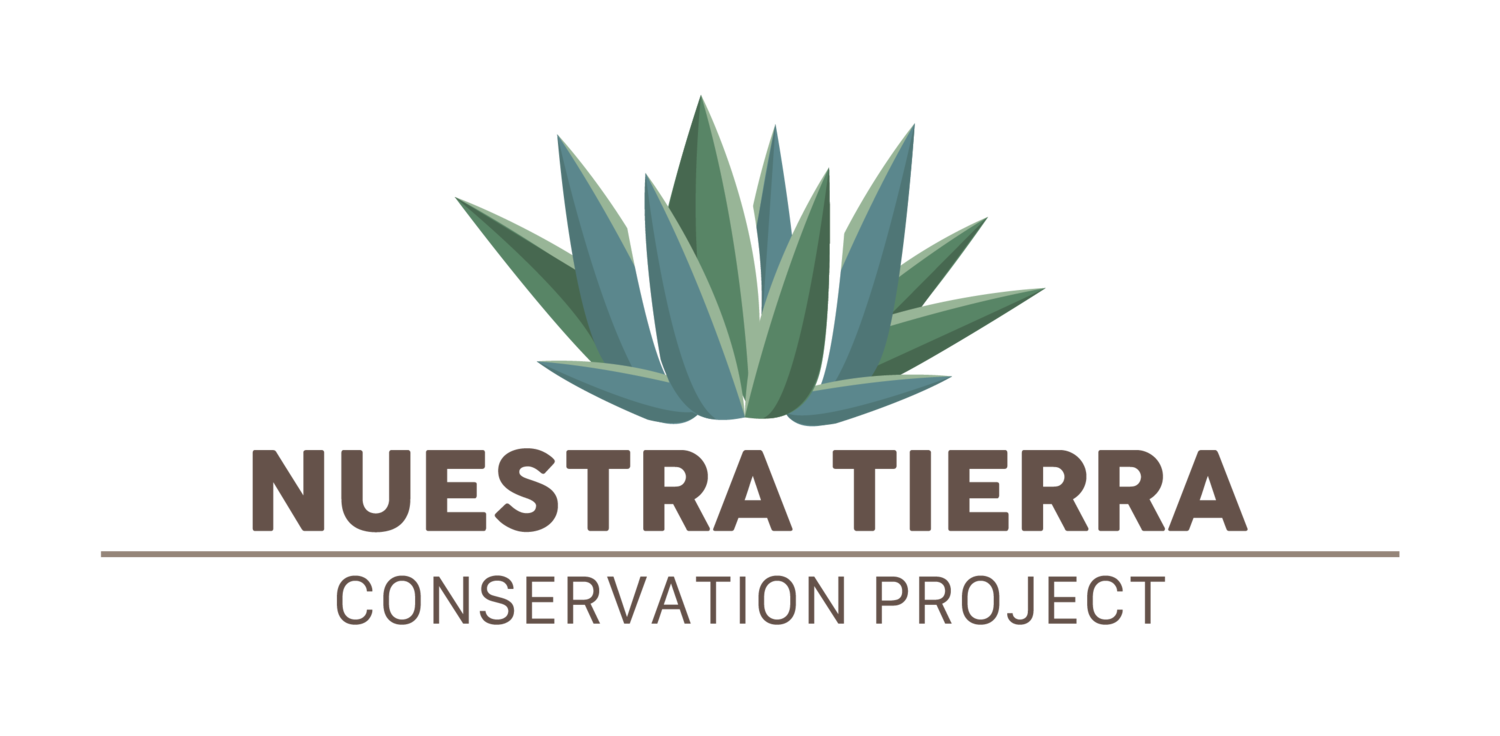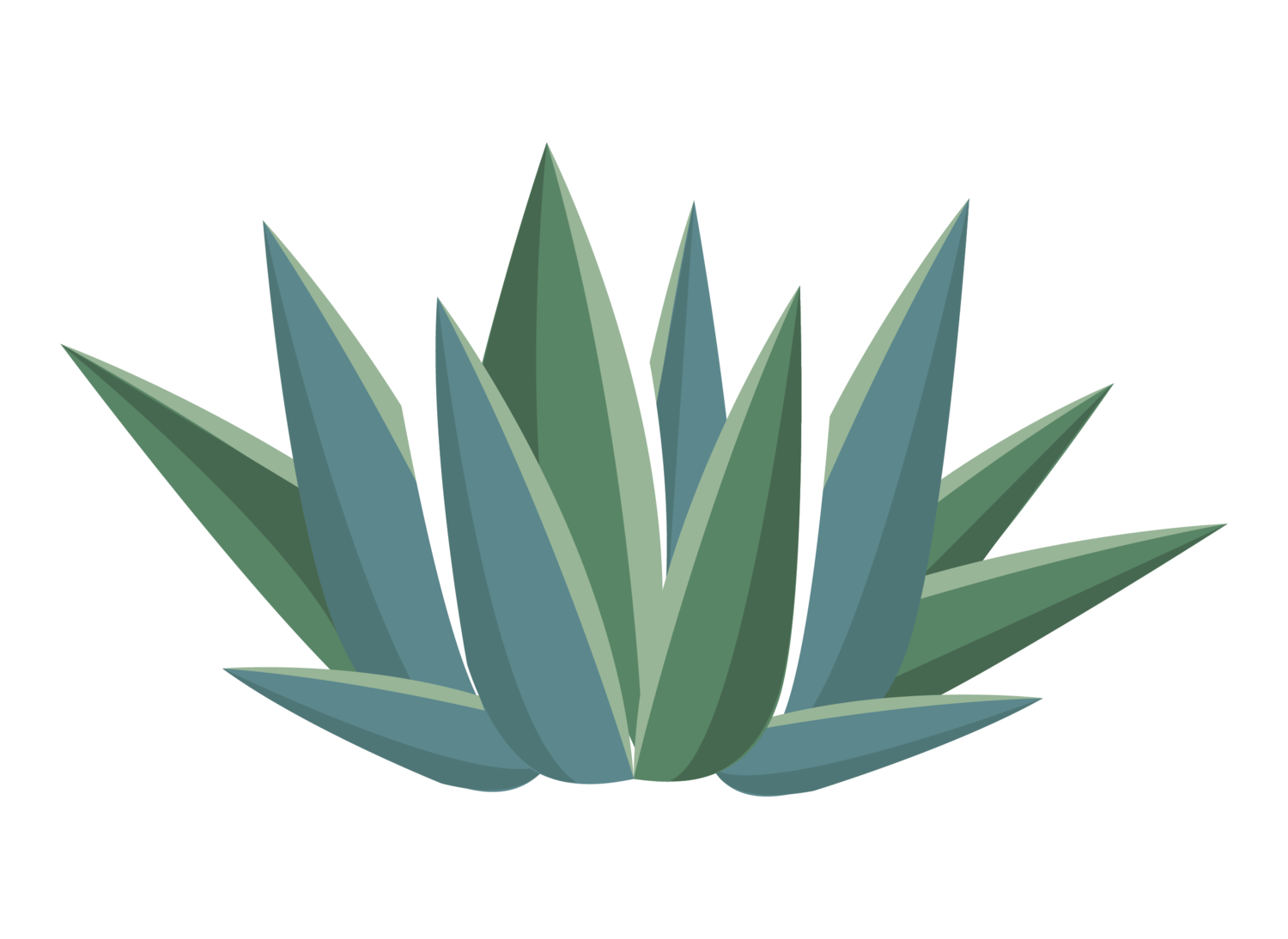Towards Equity in the Outdoors
ON “THE OUTDOORS”
“Nature” was not a place I visited frequently as a child. My immigrant mother raised me by herself working full time, so we did not have the luxury of abundant free time and resources to spend in “the outdoors.” She introduced me to nature and the outdoors in her own way though, by tending to her small garden full of tomatoes, mint and flowers whenever she could. Though my concept of “the outdoors” has since expanded to include my favorite hiking trails and back-country campgrounds, I still consider my mother’s garden to be the first place where I learned to love nature and the outdoors. My upbringing informs how I understand the outdoors–it’s not merely a place I visit, it’s the food we eat, the air we breathe, it’s the climate, it's the water we drink and the land beneath our feet.
Image 1: White Sands National Monument in the daytime.
While I consider nature to be everywhere, I still acknowledge that I had extremely few opportunities to develop an intimate relationship with public lands near my hometown growing up. For example, public lands near me like Mesilla Valley Bosque State Park or White Sands National Monument were inaccessible to my family for a multitude of reasons. To get to White Sands you have to pass a military border check-point, so visiting the gypsum dunes was never an option for me as a child living within an undocumented family. Long commutes and fees were also significant barriers to accessing such places for my family when I was growing up.
ON EQUITY
My story is not an anomaly. In general, communities of color in the United States do not have equitable access to outdoor spaces. The most recent U.S. Forest Service systematic national visitor monitoring survey shows that only 6.9 percent of national forest visitors are of Hispanic or Latino origin even though Hispanics make up about 18 percent of the nation’s population (World Population Review, 2020). American Indian/Alaska Natives (2 percent) and Black/African Americans (1.2 percent) visit even less often. In contrast, white Americans make up 95.2 percent of visits.
Fig. 1: Pie chart of U.S. population percentage broken down by race and hispanic origin. Sourced from the U.S. Census 2021 QuickFacts data.
Public land policy experts have named this reality the “Nature Gap,” which describes the “unequal distribution of nature in America—and the unjust experiences that many people of color have in the outdoors.” Even though public lands should belong to all of us, these statistics demonstrate that public lands are predominantly occupied by white folks.
These statistics should alarm us. If you went into a forest and only saw one kind of bird flying around, and worse yet only a non-native bird, you’d ask yourself “where are all the other birds, where are all the native birds?” Any ecologically minded person would be concerned for that forest ecosystem’s health. Most often than not, this is what it feels like when I visit public lands today, and as an organization Nuestra Tierra aspires to change this reality.
Figure 2: Percent of national forest and wilderness visits by race and ethnicity, for FY2016 - FY2020. Source: National Visitor Use Monitoring Summary Report (2020).
The great irony of this situation is that even though communities of color have less access to the outdoors in the U.S., they tend to care more about pressing environmental issues such as climate change. According to a team out of the Yale Program on Climate Change Communication, “Hispanics/Latinos (69%) and African Americans (57%) are more likely to be Alarmed or Concerned about global warming than are Whites (49%) (Ballew et. al, 2020). The issue is not that we don’t care to visit national forests or other public lands, it’s that there are significant barriers to accessing these places. As my mother’s garden has taught me, my community deeply cares for the environment and we see our livelihood as intrinsically tied to the health of the land. Unfortunately, socio-economic and political management systems limit our access to public lands.
Figure 3: Which racial/ethnic groups care most about climate change? by Ballew et. al., 2020.
TOWARDS A NATIONAL OUTDOOR EQUITY FUND
Luckily, several states are beginning to make great strides towards building an equitable outdoor future that acknowledges uneven access to public lands. Nuestra Tierra spearheaded the creation of the New Mexico Outdoor Equity Fund, which launched in 2020. This state level grant funding was a way to bring underserved youth and their families more opportunities to access public lands, state parks and other outdoor recreation activities. Governor Michelle Lujan Grisham wrote and signed the first-ever Outdoor Equity Fund in 2019, which has since inspired similar funds to emerge in neighboring western states like California, Colorado and most recently Nevada.
By leading the Outdoor F.U.T.U.R.E. coalition, Nuestra Tierra Conservation Project is now working to draft and enact a national version of our local Outdoor Equity Fund. A national level fund would expand the good work taking root in the west, and ensure that low-income, tribal, urban, rural, and other historically and deliberately excluded youth across the country have meaningful access to the outdoors, no matter their zip code. While The Every Kid Outdoors Act gives every fourth-grader free access to America’s public land and waters, there are still opportunities to address other gaps and disparities low-income and communities of color face. The Outdoor F.U.T.U.R.E. would specifically address several of these gaps.
ON THE FUTURE
Image 2: Castner Range with blooming poppies. Source: https://www.facebook.com/castnerrange.
Addressing the systemic racism, classism, xenophobia and overall injustice embedded in the nation’s natural resource governance is no simple task, but I believe it’s certainly doable. A nationwide Outdoor Equity Fund is one among many different strategies that could help increase equitable access to the outdoors in our nation. Making sure President Biden’s promise to protect 30 percent of lands and oceans by 2030 moves forward in a robust and inclusive way is another way to increase equitable access to the outdoors by creating more open space access. Hand in hand with this goal is protecting close-to-home recreation areas and sure they are reflective of their communities. The effort to make Castner Range in El Paso a national monument is an excellent example of how a single public lands campaign, especially when it is led by a diverse community, can address multiple outdoor equity issues at the same time.
Moving the needle on a national Outdoor Equity Fund, pushing the 30X30 vision along, and supporting local movements to protect lands like Castner Range close to home, are all part of Nuestra Tierra’s multi-pronged effort to create an equitable outdoor future, one one where a person’s skin color, zip code, or income bracket don’t determine their ability to connect with nature.






